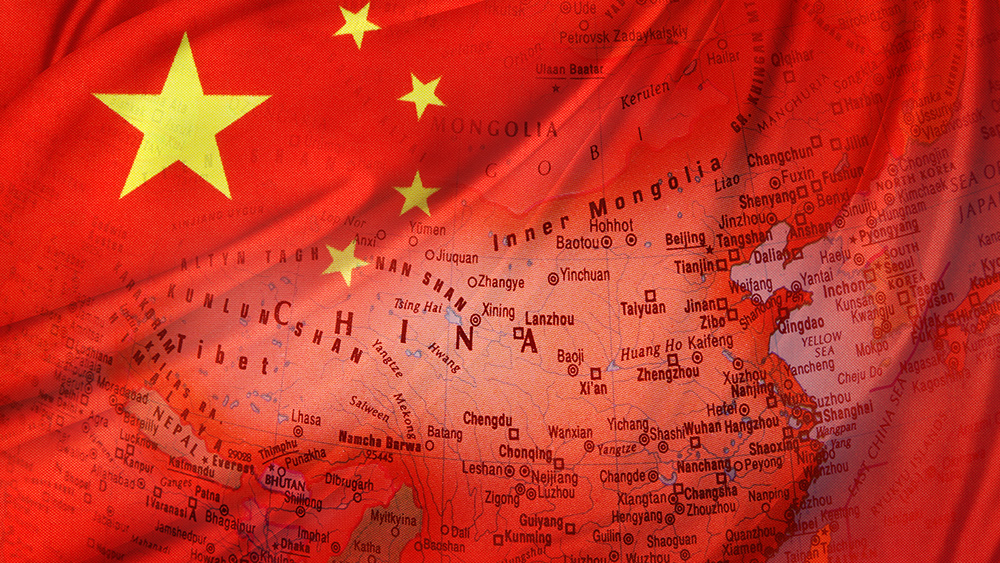
A report by the Australia-based company Internet 2.0 explains that roughly 67.4 million yuan (roughly $10.5 million) was spent on PCR tests in Hubei in 2019 – this is nearly double the amount that was ordered in 2018, nearly two years before the Chinese Virus appeared.
Four former officials from U.S. intelligence agencies in the United States, the United Kingdom and several other countries looked at data collected from a website that aggregates information on Chinese public procurement bids. What they found is that the official story does not hold any weight.
The Chinese Virus did not just randomly appear in bat meat at a wet market, their report suggests. PCR tests were also being ordered long before anyone even knew what a novel coronavirus was.
"Orders doubled from universities, jumped fivefold from the Chinese Center for Disease Control and Prevention and surged tenfold from animal testing bureaus. Purchases from hospitals declined by more than 10%," Nikkei Asia reported about the tests.
"Monthly procurement data shows a spike in orders in May, especially from CDC buyers and the People's Liberation Army."
Wuhan University of Science and Technology ordered PRC test kits months before covid arrived
PCR test purchases also soared from July through October in 2019 as well, particularly from the Wuhan University of Science and Technology (WUST), which spent 8.92 million yuan on them in 2019 alone.
This is eight times the number of PCR tests that WUST would normally order in a year, suggesting that the school knew something that the public did not know about until many months later.
WUST, reports indicate, holds a high position along with local hospitals and public health authorities in responding to disease outbreaks. This would suggest that something was brewing long in advance of when the plandemic was formally announced.
The report assumes that these large purchases of PCR tests points to the release of the Wuhan Flu in early 2019, even though it would not be announced to the rest of the world until about a year later.
"We assess with high confidence that the pandemic began much earlier than China informed the [World Health Organization] about COVID-19," the report explains.
While this could be the case, there still has not been a proper isolation done of SARS-CoV-2 to prove that it is really anything novel. This is especially important to consider in light of the fact that seasonal flu all but disappeared ever since the Chinese Virus emerged.
The first official case of the Chinese Flu was recorded on Dec. 8, 2019. There has been much back-and-forth over whether or not people were testing "positive" for it even before that.
"We can't say for sure with just" the public procurement information, announced Akira Igata, a visiting professor at the Tama Graduate School of Business in Tokyo, adding, "but it's strong information for making the case that there was awareness of a virus outbreak around Wuhan several months to half a year before that December."
"This report could provide an opportunity for countries to press China for information again," he added.
Meanwhile, there is still no indication from China as to how and when the Wuhan Flu really came about. Instead of transparency, the communist regime remains elusive, which David Robinson, one of the report's authors, says has "fueled a lot of hypothesis, theory, misinformation as well as heartache for the victims."
As the Wuhan coronavirus (Covid-19) plandemic sham gets blown to bits, we will keep you informed about the latest at Pandemic.news.
Sources for this article include:
Please contact us for more information.























